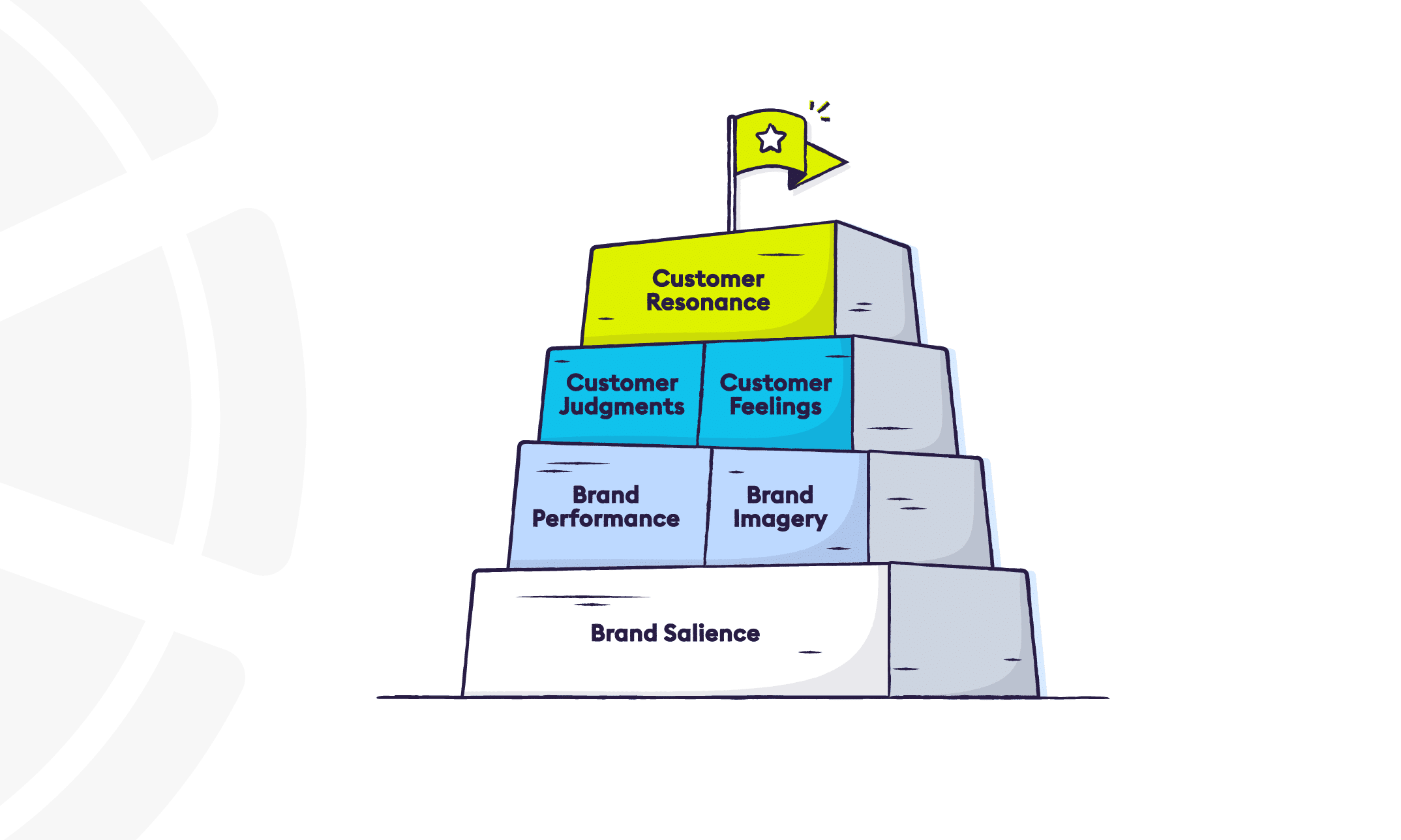
What is Customer-Based Brand Equity?
A brand’s value and success ultimately depend on the associations customers make with it in their minds. This concept is known as customer-based brand equity.
Brand Equity Defined
Firstly, brand equity refers to the overall value of a brand due to consumers’ perceptions of it. These perceptions shape customers’ attitudes, preferences and loyalty towards the brand.
Indeed, customer-based brand equity specifically refers to how consumers think, feel and act towards a brand which ultimately determines its profitability and market share. It consists of four components:
- Brand awareness: How well-known and visible the brand is
- Brand image: Consumers’ perceptions and beliefs about the brand
- Brand attachments: Emotional connections consumers feel
- Brand judgments: Consumers’ opinions of the brand’s attributes
Thus, these components influence how customers respond to the brand and whether they choose it over competitors.
Brand Equity Drives Value
Also, strong customer-based brand equity leads to tangible businessvalue for companies in several ways:
- Higher prices: Well-known brands with favorable associations can charge price premiums.
- Lower costs: Established brands spend less on marketing as word-of-mouth and recommendations spread.
- High loyalty: Loyal customers purchase more frequently and refer others.
- Less risky: Familiar brands reduce perceived risk for customers.
- Barriers to entry: Favorable brand perceptions make it harder for competitors to enter the market.
Thus, building customer-based brand equity should be a strategic priority for companies to boost sales and profitability.
Strategies to Build Equity
To develop strong customer-based brand equity, companies employ strategies like:
Consistent brand experience: Making every customer interaction reflect the brand promise.
- Distinct branding: Creating a clear brand identity that differentiates from rivals.
- Memorable marketing: Using techniques to make the brand easy to recall and recognize.
- Customer delight: Exceeding customer expectations to create loyal brand advocates.
- Value creation: Delivering unique value and benefits that solve customer problems well.
Companies that implement these strategies successfully develop brands with considerable assets in customers’ minds which yields financial returns and competitive advantage.
In conclusion,customer-based brand equity focuses on how customers actually perceive a brand rather than how the company sees itself. Thus, companies must continuously build, measure and improve their equity by reinforcing positive brand associations at every touchpoint. Additionally, brands that do this best will achieve the strongest footing in the minds of their target markets.
